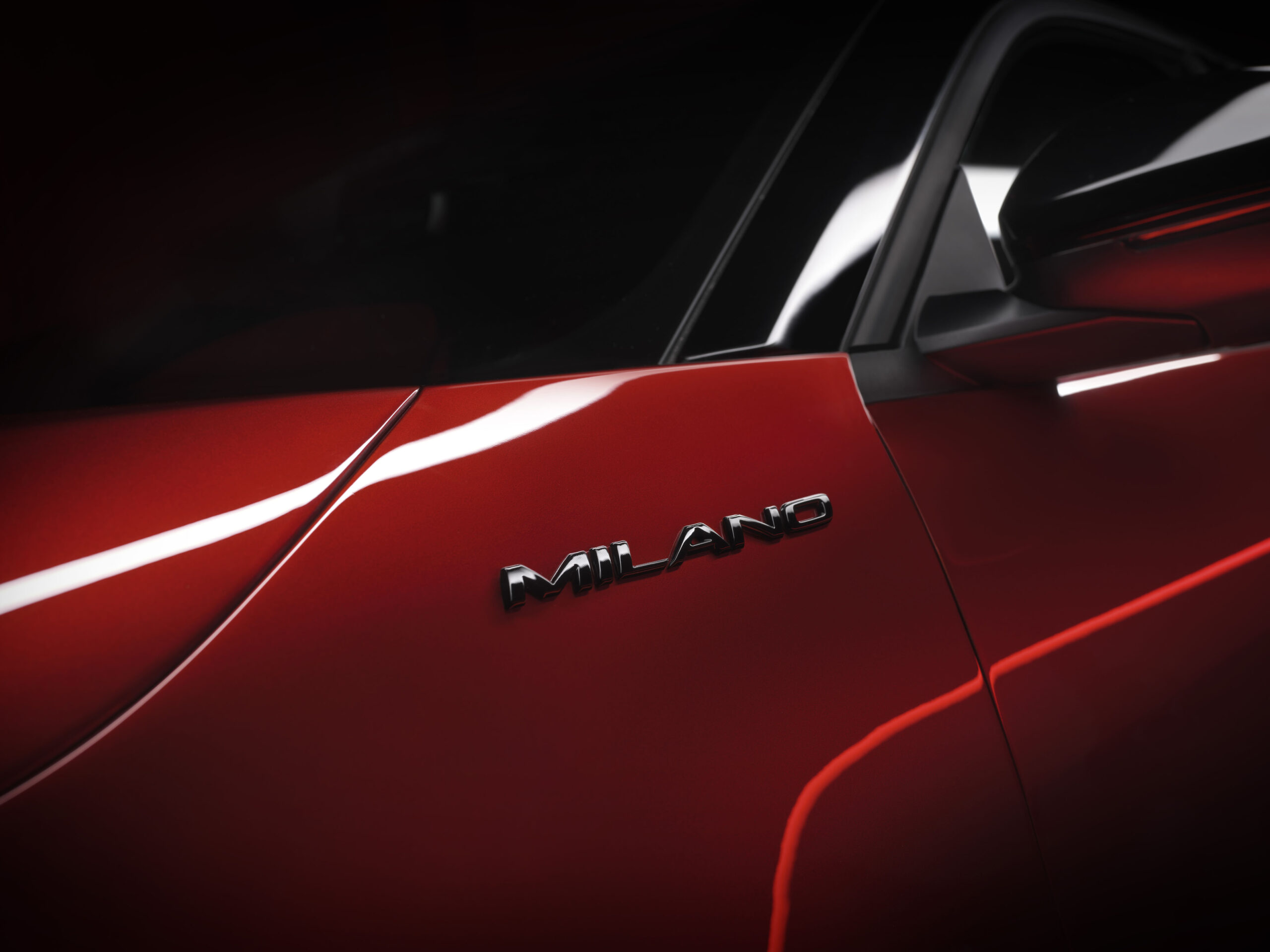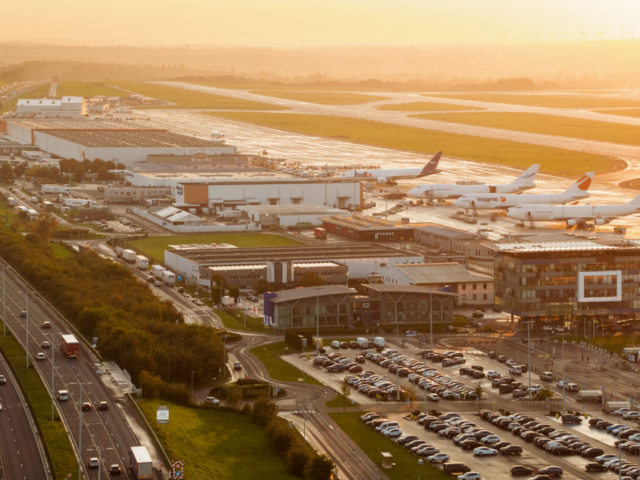Deemed illegal, Alfa Romeo is removing the Milano name from its youngest crossover. After an intervention from the Italian government, which threatened legal action over the use of the original name, the car model will be named Junior.
The relationship between Alfa’s parent company and the Italian government is at an all-time low. The next chapter in a series of events is an arm-wrestle over the Milano name featured on Alfa’s newest crossover in the compact class. It will be swapped for another iconic name in the brand’s history: Junior.
“Forbidden by law”
An Italian law from 2003 stipulates that products carrying a name of Italian origin can only do so when they are produced in the country. For the Milano, well Junior, Stellantis chose its Tychy factory in Poland. The Italian Minister of Industry, Adolfo Urso, already stated last week: ‘A car called Milano cannot be built in Poland,” Urso said, “That is forbidden by Italian law.”
Stellantis bows for the Italian government to avoid legal action but states that the name was a “public favorite” chosen to pay tribute to the place where the brand’s story began. Alfa also says that it believed that the name did meet legal requirements, lashing out in a press release “that there are issues much more important than the name of a new car.”
The name Junior bears historical reference as well. It appeared on the GT 1300 Junior for the first time, which was launched on September 26, 1966, spearheading a new generation for Alfa Romeo. It emerged as the best-selling model in the lineup, becoming a true emblem of its era.
Street protest
Those issues “much more important” are becoming an escalation in Italy, where Stellantis CEO Carlos Tavares keeps clashing with politicians. The latter accuse him of not investing enough in their country despite its historical importance. The uproar is taking to the streets. After Tavares visited Turin, the six automotive unions rallied against him in the streets of Turin, a unison not witnessed in years.
Talking to BYD and Tesla, the Italian government wants to attract a new automotive player, claiming the country is uniquely dependent on one car group only. Tavares replied that such a move could cause his company to readress its competitiveness, an indirect referral to plant closures.
Recently, Tavares promised to increase production in Italy to one million units by the end of the decade. However, this year’s production at the Mirafiori factory, Fiat’s nerve center, will most likely sink to 50,000 units over slow demand for EVs – Tavares states that the Italian government isn’t generous and actionable enough on incentives. Production at the plant can handle four times more. It led the Italian government to explicitly demand at the beginning of the month to bring new models to Mirafiori.




Comments
Ready to join the conversation?
You must be an active subscriber to leave a comment.
Subscribe Today